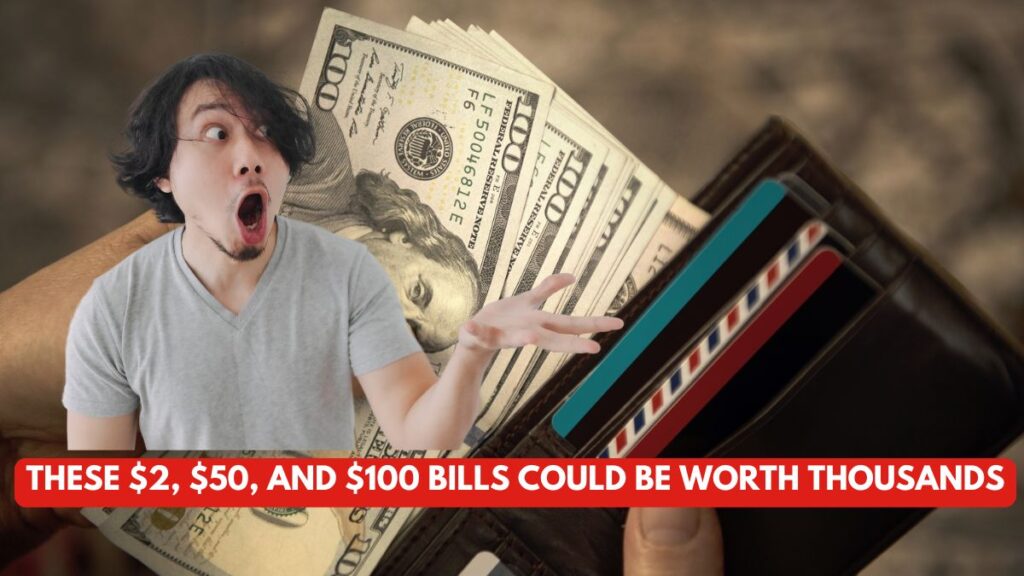Most people don’t think twice about the bills in their wallet, but certain $2, $50, and $100 bills are worth far more than their face value. These rare bills, sought after by collectors, can be worth hundreds or even thousands of dollars. If you come across one, you might be holding onto a small fortune.
Rare and Valuable $2 Bills
1. 1890 $2 Treasury Note
- Estimated Value: $500 – $2,800+
- Why It’s Valuable: Printed over a century ago, these notes feature unique designs and are extremely rare in uncirculated condition.
- Where to Verify: U.S. Bureau of Engraving and Printing
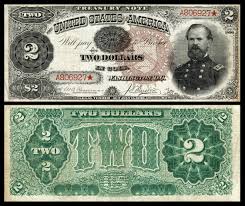
2. 1953 Red Seal $2 Bill
- Estimated Value: $10 – $200+ (depending on condition)
- Why It’s Valuable: These United States Notes have a red seal instead of a green one, making them different from modern bills.
- More Information: U.S. Currency Auctions
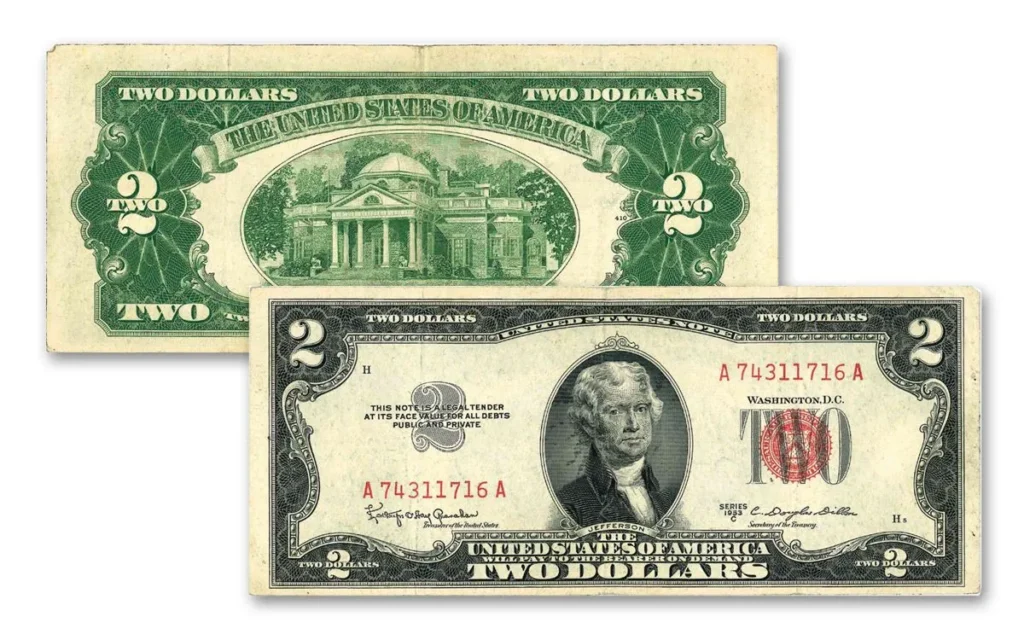
3. 1976 Bicentennial $2 Bill
- Estimated Value: $2 – $50+ (if uncirculated or with a unique serial number)
- Why It’s Valuable: Though widely circulated, crisp, uncirculated versions or ones with special serial numbers (such as repeating digits) carry a premium.
4. Star Notes
- Estimated Value: Varies based on series and rarity
- Why It’s Valuable: These are replacement bills printed to replace defective ones, making them rarer than standard notes. Look for a small star (*) at the end of the serial number.
Rare and Valuable $50 Bills
5. 1928 Gold Certificate $50 Bill
- Estimated Value: $300 – $2,000+
- Why It’s Valuable: Gold certificates were backed by gold reserves and are no longer issued, making them rare collector’s items.
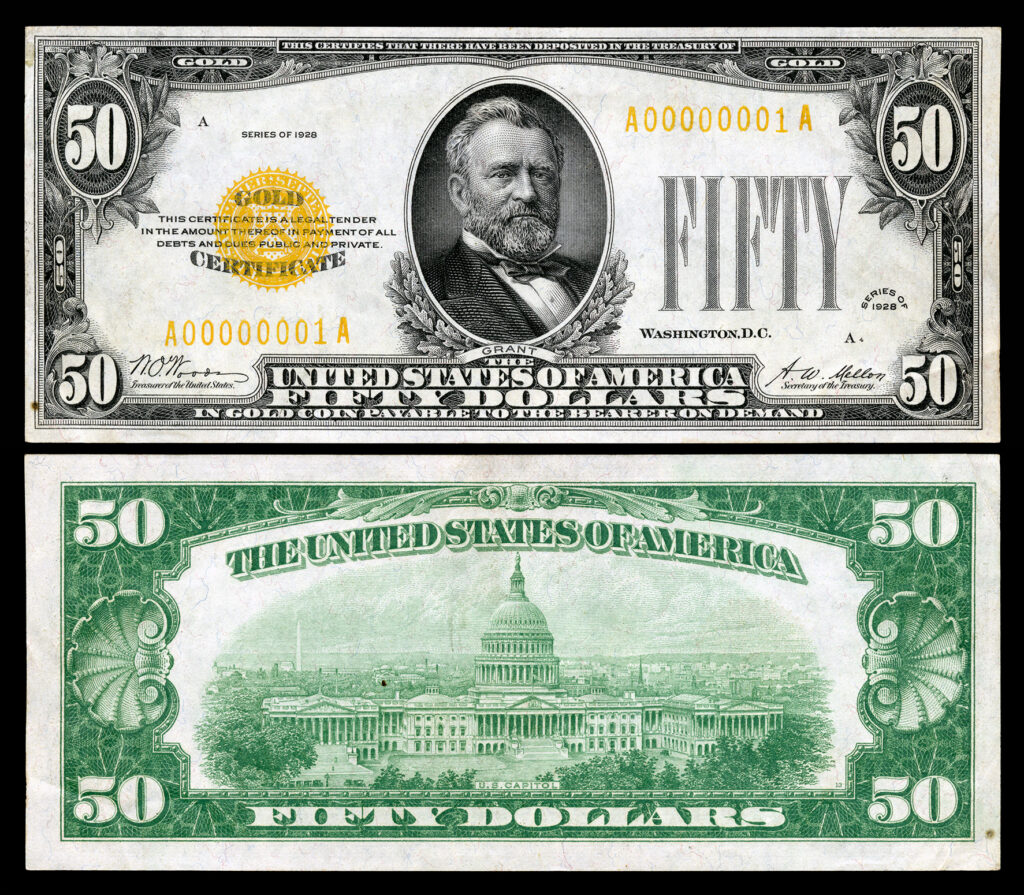
6. 1934 Blue Seal $50 Bill
- Estimated Value: $100 – $1,500+
- Why It’s Valuable: These bills featured a blue seal and were issued during the Great Depression. They are considered rare, particularly in higher grades.
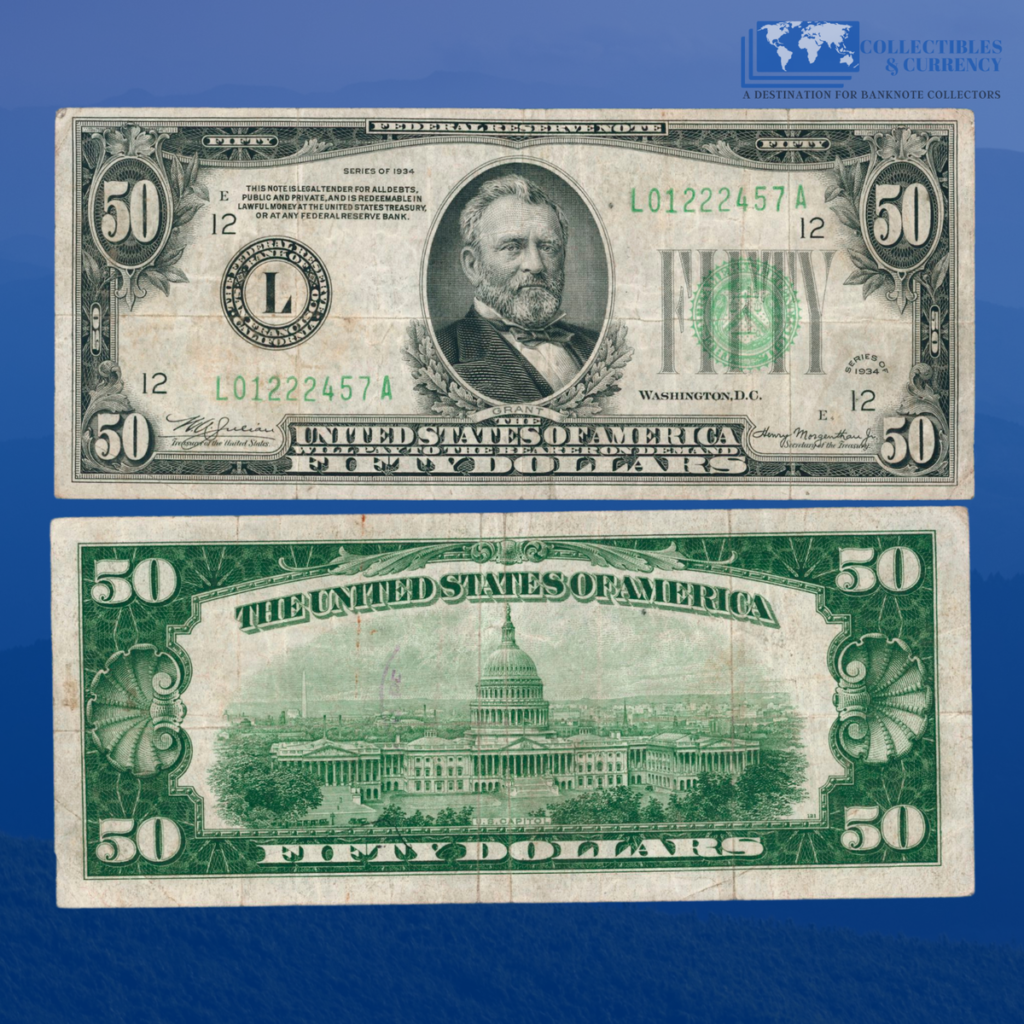
7. Star Notes
- Estimated Value: $100 – $1,000+ (depending on rarity and condition)
- Why It’s Valuable: Just like in $2 bills, $50 star notes are rarer than regular issues and can fetch higher prices.
Rare and Valuable $100 Bills
8. 1928 Gold Certificate $100 Bill
- Estimated Value: $1,500 – $5,000+
- Why It’s Valuable: These bills were backed by actual gold and are rare in uncirculated condition.
- More Information: Federal Reserve Notes Guide
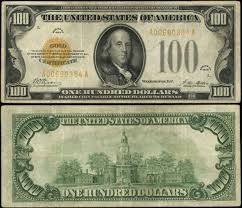
9. 1934 Red Seal $100 Bill
- Estimated Value: $500 – $3,000+
- Why It’s Valuable: Featuring a red seal instead of the usual green, these bills are highly collectible.
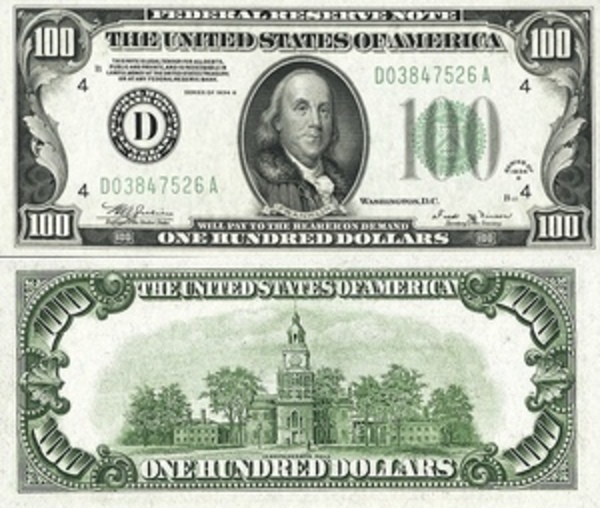
10. Star Notes
- Estimated Value: Varies widely based on the year and condition
- Why It’s Valuable: Star notes are printed in lower quantities and can be more desirable to collectors.
What Increases a Bill’s Value?
- Condition: Uncirculated bills are worth significantly more than worn ones.
- Serial Numbers: Bills with low, repeating, or fancy serial numbers (such as 00000001 or 88888888) can be extremely valuable.
- Printing Errors: Any misprints, such as upside-down seals or missing ink, can increase value.
- Age and Rarity: Older bills and those issued in limited quantities tend to be worth more.
How to Check If Your Bill Is Valuable
If you suspect you have a valuable bill, here’s what you can do:
- Check Serial Numbers and Features: Compare your bill to online value guides from trusted sources.
- Use Government Resources: Websites like U.S. Treasury and Federal Reserve provide information on currency.
- Consult an Appraiser: Professional numismatists can help determine authenticity and value.
- Look for Star Notes or Printing Errors: Star notes and bills with printing mistakes can command high prices.
Final Thoughts
If you have an old $2, $50, or $100 bill, take a closer look—it could be worth much more than its face value. With collectors constantly searching for rare bills, checking your wallet or safe deposit box might lead to an unexpected windfall. Keep an eye out for unique serial numbers, star notes, and older issues, as they can be worth thousands to the right buyer.
For more information, check out U.S. Bureau of Engraving and Printing and Heritage Auctions to explore currency values and auctions.
This article has been carefully fact-checked by our editorial team to ensure accuracy and eliminate any misleading information. We are committed to maintaining the highest standards of integrity in our content.
